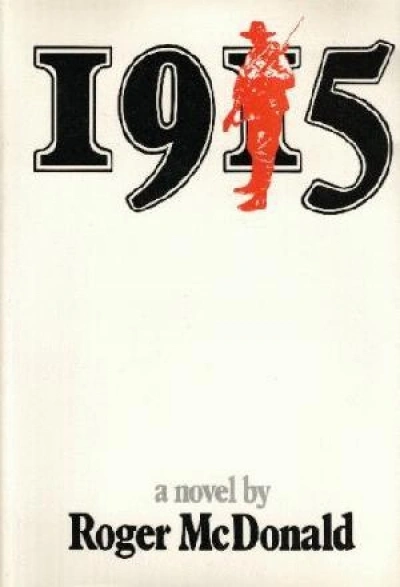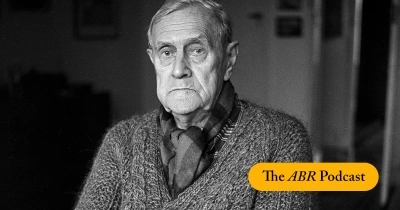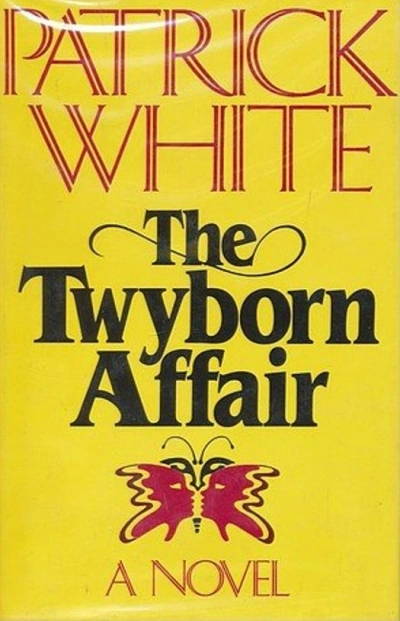Patrick White
In the program for the première of Voss in Adelaide in 1986, David Malouf observed:
... (read more)No libretto can reproduce the novel from which it is drawn. A novel, especially a great one, is itself: unique, irreplaceable. The best a libretto can do is reproduce the experience of the book in a new and radically different form, allowing the form itself to determine what the experience will be.
Patrick White’s Theatre: Australian modernism on stage, 1960–2018 by Denise Varney
Patrick White, winner of the Nobel Prize for Literature in 1973, has long been considered Australia’s finest novelist. And yet, the thirtieth anniversary of his death in 2020 passed by with barely a murmur. Was this merely a consequence of the pandemic, or are there larger cultural forces at play? In today's episode, historian and ABR Calibre prize-winning essayist Martin Thomas considers the posthumous neglect of the great Australian writer, who once described himself as a ‘Londoner at heart’ and who continues to challenge jingoistic and complacent forms of nationalism.
... (read more)‘Your sense of permanence is perverted,’ said Holstius to Theodora Goodman in The Aunt’s Story (1948). ‘True permanence is a state of multiplication and division.’ The words are prescient, for Patrick White, who wrote them, has done rather well at dissolving into the impermanence of post-mortem obscurity. Perhaps unsurprisingly in view of the pandemic, the thirtieth anniversary of his death in 2020 left little imprint. No literary festival honoured the occasion, and no journal did a special issue. If White is looking down at us from some gumtree in the sky, he will be bathing in the lack of glory. He despised the hacks of the ‘Oz Lit’ industry as much as he loathed the ‘academic turds from Canberra’.
... (read more)What we know and how we think and feel are socially and thus historically conditioned. But it can also be geographically conditioned. ‘Australia’, as Mrs Golson remarks in The Twyborn Affair, ‘may not be for everyone ... For some it is their fate, however.’ Our subject is Patrick White and criticism of his work in Australia and my argument is that ours is a culture in general, and a literary culture in particular, with an indifference to and perhaps fear of hermeneutics, which George Steiner glosses as some ‘essential answerability’ implicit in the act of reading over and above understanding or – Leavis preserve us! – evaluation.
... (read more)Our new Laureate. Australian Book Review is thrilled to name Robyn Archer as our new Laureate. She joins David Malouf, who became the inaugural Laureate in 2014. Robyn Archer is ...
... (read more)‘Down at the Dump’ is the final story in Patrick White’s 1964 collection, The Burnt Ones. It begins with a colloquial ‘Hi!’, marooned on the story’s first line, and ends with a short, unpunctuated paragraph, intensely poetic, that recalls James Joyce at his least opaque: ‘The warm core of certainty settled stiller as driving faster the wi ...
Goats are ubiquitous in the work of Patrick White. Start looking for them and they appear everywhere, staring out, page after page, with wise, tranquil eyes, pellets scattering like secrets into dust.
White bred goats, of course, Saanen goats, or tried to, while living at Castle Hill, and it is clear that the goat-mind made a profound impression. ‘One day I’m going to write a novel about goats with human beings to make it appear more “moral”,’ he wrote to his American publisher in 1953, ‘but only to enjoy the great luxury of writing about the goats.’ And he nearly did, two years later, when he wrote of a doomed explorer coming upon a desolate interior populated only by wild goats, descendants of a fabled Ur-goat:
... (read more)










